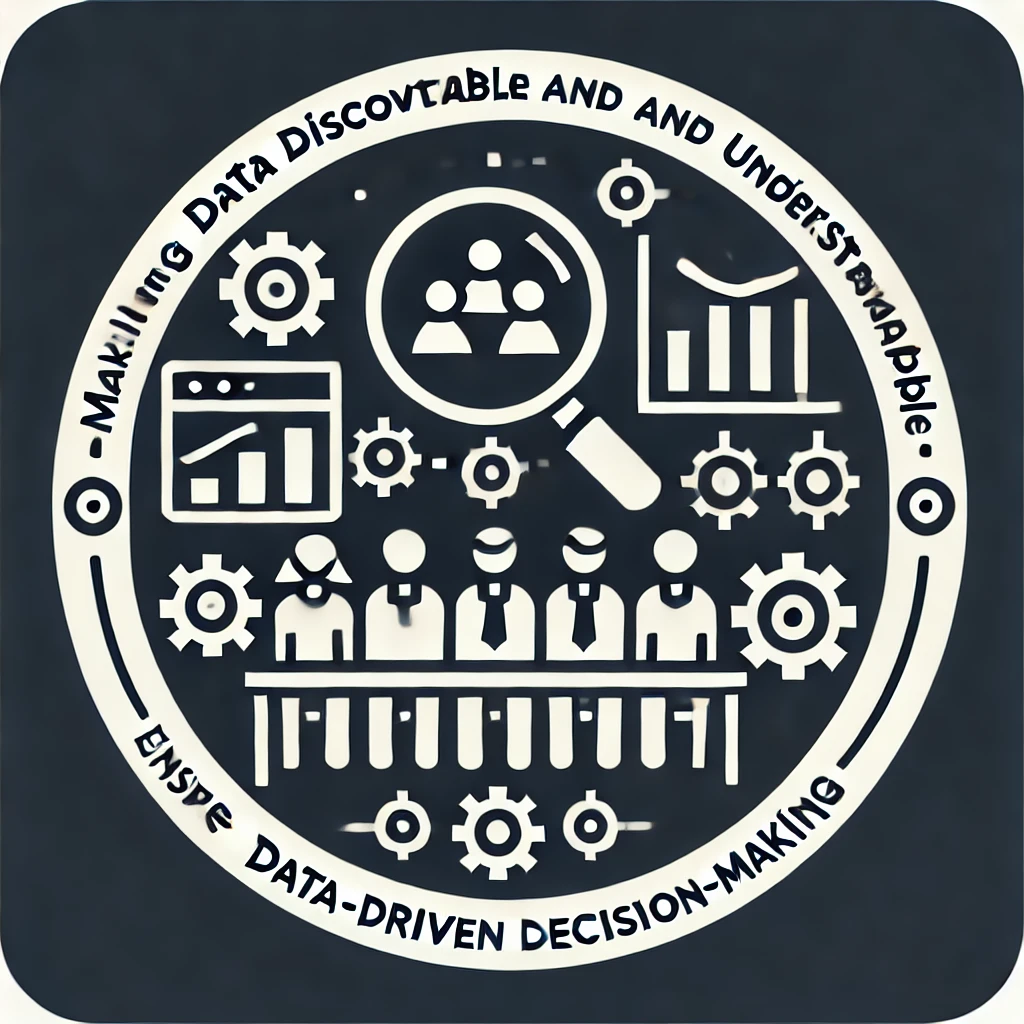Visual Representation of Data Governance Practices
Below are the visual representations of the key best practices in data governance:

- Data ownership and accountability
- Responsible data management
- Establishing clear data roles and responsibilities
- Implementing consistent data classification

- Ensure accuracy and consistency
- Cleanse and validate data
- Monitor data quality continuously
- Implement data profiling and audits

- Protect data integrity
- Comply with privacy laws
- Implement data encryption techniques
- Enforce access controls with role-based access

- Follow industry standards
- Ensure auditability and transparency
- Maintain regulatory documentation and evidence
- Comply with international data protection laws

- Make data discoverable and understandable
- Ensure data-driven decision-making
- Provide easy access for authorized users
- Implement data catalogs and metadata management
Introduction
Data governance is a critical framework for managing data assets within an organization. It ensures that data is accurate, secure, and used responsibly throughout its lifecycle. With the increasing volume, variety, and velocity of data, effective governance has become more important than ever.
This paper outlines best practices in data governance, including its principles, strategies, and tools that can help organizations ensure the integrity, privacy, and utility of their data.
Key Principles of Data Governance
1. Data Stewardship
Data stewardship is central to any data governance strategy. Stewards are responsible for maintaining the quality and security of data. They act as custodians, ensuring data is correctly classified, standardized, and handled according to governance policies.
- Data ownership and accountability
- Responsible data management
- Establishing clear data roles and responsibilities
- Implementing consistent data classification
2. Data Quality Management
Maintaining high data quality is essential for reliable decision-making. Data governance ensures that data is accurate, complete, consistent, and timely. Practices such as data validation, data cleansing, and data profiling should be implemented to address data quality issues.
- Ensure accuracy and consistency
- Cleanse and validate data
- Monitor data quality continuously
- Implement data profiling and audits
3. Data Security and Privacy
Data security and privacy are vital components of data governance, especially with the increasing number of data breaches and regulatory requirements (e.g., GDPR, CCPA). Data governance policies should focus on securing sensitive data, implementing encryption, establishing role-based access control (RBAC), and ensuring compliance with privacy laws.
- Protect data integrity
- Comply with privacy laws
- Implement data encryption techniques
- Enforce access controls with role-based access
4. Regulatory Compliance
Organizations must adhere to an array of local and international data regulations. A robust data governance framework helps ensure compliance with these legal requirements. This includes maintaining an audit trail, ensuring the right to be forgotten, and following rules around data localization.
- Follow industry standards
- Ensure auditability and transparency
- Maintain regulatory documentation and evidence
- Comply with international data protection laws
5. Data Accessibility and Usability
Data governance also ensures that data is not only secure but also accessible to the right stakeholders. This involves creating a data catalog and establishing clear data access protocols. Data should be made available in a format that is useful and understandable to end-users, enabling decision-makers to utilize it effectively.
- Make data discoverable and understandable
- Ensure data-driven decision-making
- Provide easy access for authorized users
- Implement data catalogs and metadata management
Conclusion
Data governance is an essential practice for organizations aiming to leverage the full potential of their data assets while maintaining compliance, privacy, and security. By establishing a robust framework, assigning clear roles and responsibilities, implementing strong data quality and security controls, and leveraging appropriate tools, organizations can ensure that their data governance practices are effective and sustainable. As the volume and complexity of data continue to grow, adopting best practices in data governance will be a key factor in ensuring that organizations can make data-driven decisions with confidence and accountability.